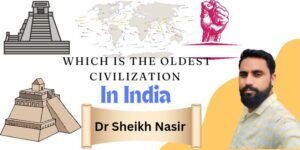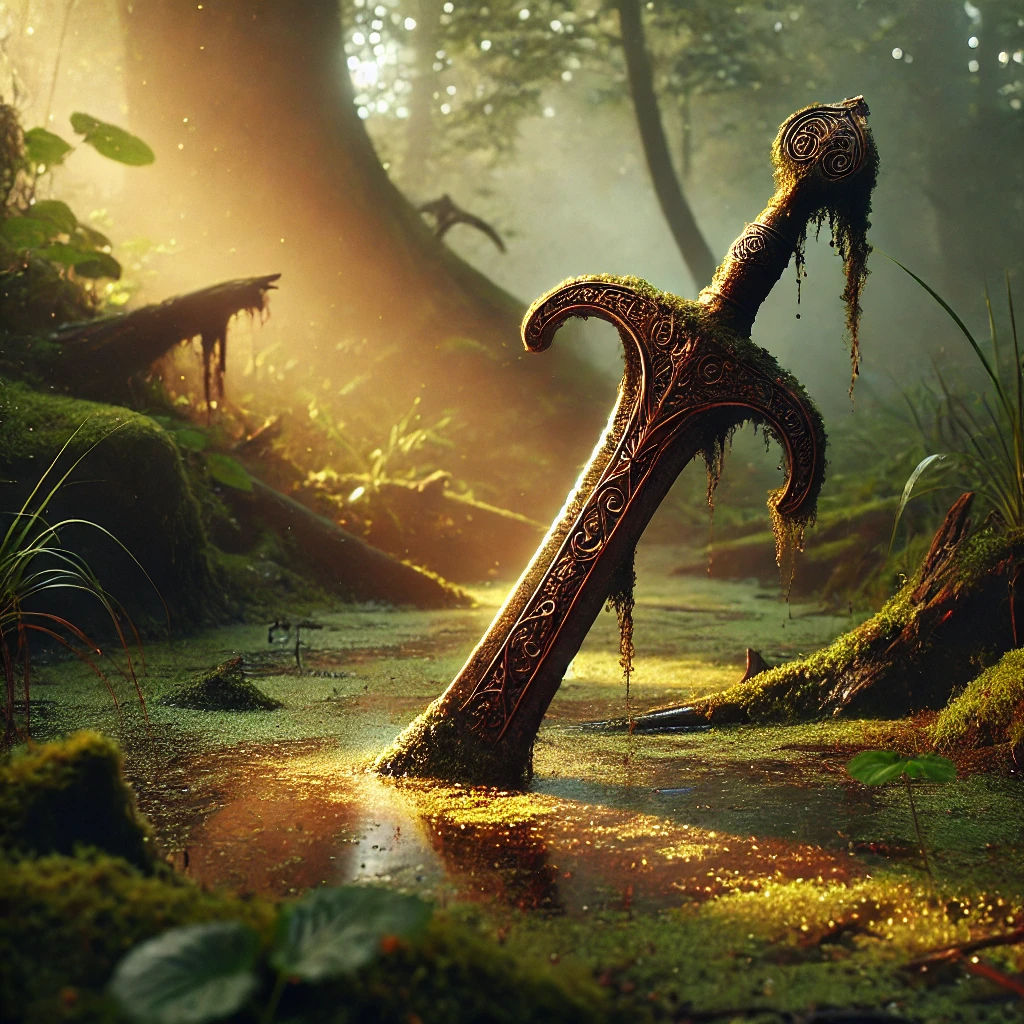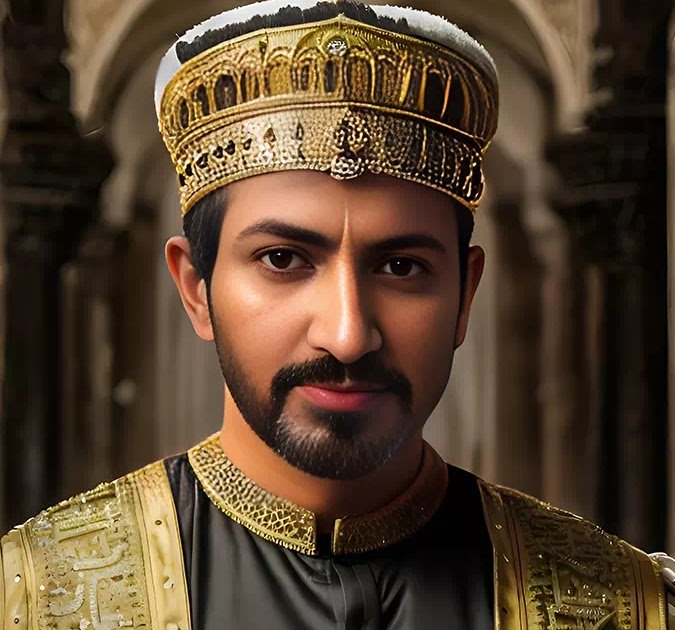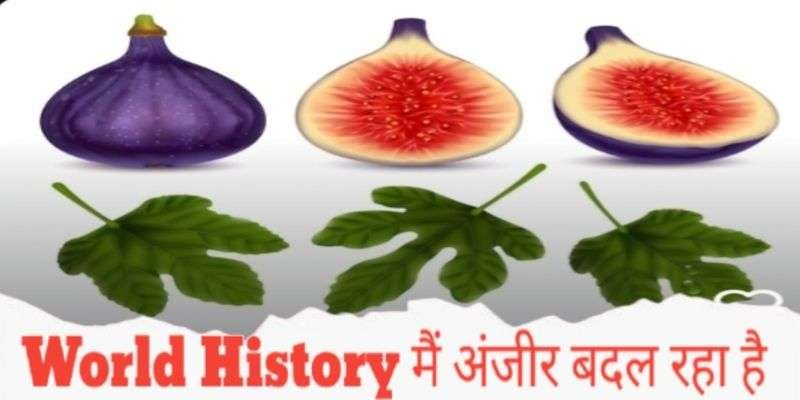Introduction: HISTORIOGRAPHY SOURCE: History is a narrative of events that happened in the past. To reconstruct the past, important facts are selected and obtained from various sources. These important facts are called sources of history.
Today in World Wide History, we will work to find these HISTORIOGRAPHY SOURCE. There are different facts about the history and sources of ancient India, which historians are in some confusion about. World Wide History will try to solve this in today’s entire article.
Are there not many sources of Indian ancient history available?
The history of ancient India has been very glorious, but there is a lack of useful material to reconstruct this glorious history. It would be wrong to say that Indians had no interest in writing history. If this were the case, then where would we get so many sources about the history of ancient India today. However, it is true that India did not have historians like Herodotus, Thucydides, and Livy. But this does not mean that there was no knowledge about writing the Historiography Source in ancient times.
indian history ancient I agree.
Yes, I also agree that our ancient people were not interested in writing history and were mostly careless. “What was the reason for this?” I still do not have the right answer to this question. According to our research, there can be two reasons behind this.
1. There was never much money in writing about history. There is something today but there was nothing in it till yesterday. Perhaps because of this our ancestors did not store all those events that happened in history. Because they did not want to waste both their time and money. According to us, this can be one reason.
2. Vedic language was used in our country from the beginning. Which we also call Sanskrit language today, it was a bit difficult to speak and understand. The interesting thing in this is that not everyone spoke this language. Nor did many people know about it. Most people use Prakriti and Pali languages. The interesting thing is that educated people used Sanskrit language only. 90% of the ancient historiographic sources of Indian history that have been found so far are in this language.
Perhaps our ancestors understood that not many people know, understand or speak this language. When most people do not understand it, they must not have collected much of the history in one place because when no one is going to read it, what is the use of collecting it. Which was perhaps their biggest mistake. According to us, this could be the second reason.
Perceptions of Western and Indian scholars?
Some Western and Indian scholars formed the notion that ancient Indians were not interested in writing history. Among them: According to Winternitz, Indians did not try to differentiate between myth and history. According to MacDonald, history did not exist in India. This ideology has been supported by scholars like Seeley, Elphinstone, V.A. Smith, and Max Muller.
But I, Dr. Sheikh Nasir, clearly deny this opinion. I believe that the people of India in ancient times were very fond of writing. Otherwise, how would we have got so many HISTORIOGRAPHY SOURCE? Yes, it is true that they did not differentiate between history and mythology. In ancient times, they probably presented every historical event in the form of religion and mythology.
The biggest reason for this was that our ancient people had a lot of faith in the Devmalas. And probably because of this, they named every historical event as Devmalas. Due to which it is not known where the history got lost. And this is the reason that our history became a myth instead of being a history.
Indian perspective and history?
Ancient Indians did not see history in the same way as today’s scholars see it. Their perspective was more in the creation of political, religious, and philosophical texts. If they had written separately and with the right sources in all these, then perhaps the history of India would not have been in such a bad state today.
Rather, I believe that today the history of India would have become a model for the whole world and a witness about Historiography Source. History does not give much importance to mythical sources. In ancient times, the people of India lost their history in the garlands of gods. We will read more about them later.
Indian history ancient indus velley civilization
These two civilizations found in the ancient excavations like Harappa and Mohenjodaro show that the history of India and the ancient people were quite advanced, compared to the rest of the world. When you look at the history of the Indus Valley, will you feel that about 5000 years ago the people of India or the people of the world had progressed so much? They had every thing of life, wide canals, wide roads, drains of all kinds, big and small, near the roads.
5000 years ago, baked bricks were present, lime was present. Just like today we build houses by applying cement. They also had all kinds of ornaments made of diamonds, gold, silver, copper, brass. They had all the luxuries. However, I have written three articles on Mohenjodaro and Harappa, you can read them.
Then the question is the same, did our ancient people not have knowledge about writing history? When they were so advanced, everything was available. So it is also obvious that they also had the art of writing. existed. But the bitter truth is that they had more faith in religious myths than history. And this is the reason that instead of writing about history, they wrote many religious texts.
HISTORIOGRAPHY SOURCE OF ANCIENT INDIAN HISTORY

Among all the HISTORIOGRAPHY SOURCE of Indian history that exist today, there are ancient religious texts. From the study of ancient texts, it is clear that history has existed among Indians since ancient times. This fact is proved by the list (lineage) of acharyas in Vedic literature, Buddhist and Jain texts.
We have divided these ancient HISTORIOGRAPHY SOURCE into two parts because both of these are different sources, that is why we have divided them into different parts. One is “literary source” and the other is “archaeological source”
One thing different in both these sources is “literary source“. We get to know about the history of India from those religious texts or religious texts of India, we call it “literary sources” and there are many books in them, which we are going to tell you about later.
And the other sources that we get, we call them “archaeological sources“. Historians consider these sources more important. It is not that we do not give importance to “literary sources“. From literary sources, we get to know about the history of India from the time when a new era came into the world and after that era, the world ended. Then how India was populated and how the world was populated is a topic of a different discussion, which we will write in a different article.
Here we are talking about ‘archaeological sources’. These sources include inscriptions or coins, etc. From which he has to get information about the king of the time. We call all these things archaeological sources. Important information like temples is also present in them. The most important thing among these is that these slips are the most important sources of India’s Historiography Source.
Literary sources
1. Vedic literature: Many facts of history are found in Rigveda, Yajurveda, Samaveda, and Atharvaveda.
2. Buddhist texts: Tripitaka, Jataka tales, and other Buddhist literature.
3. Jain texts: Acharanga Sutra, Kalpasutra, and other Jain literature.
4. Other texts: Mahabharata, Ramayana, Puranas, etc.
Archaeological sources
1. Scripts and inscriptions: Ashoka’s inscriptions, Prayag Prashasti of Samudragupta, Nalanda Prashasti of Harsha.
2. Monuments and temples: Architecture and craftsmanship of various temples and monuments.
3. Coins: Currency and their metals of the time of various rulers.
HISTORIOGRAPHY SOURCE LITERARY SOURCES

Before proceeding here, we also have to know in which language all the sources we have are written, only then we will be able to understand the history of India in a better way.
Here is a description of the literary sources to know Indian history. The study of literary evidence is important to understand ancient Indian history. It is divided into two main parts: religious literature and secular literature.
1. Religious literature: It includes Brahmin and non-Brahmanetar texts.
– Brahmin texts: Vedas, Upanishads, Ramayana, Mahabharata, Puranas and Smriti texts.
– Non-Brahmanetar texts: Buddhist and Jain literature.
2. Secular literature: It includes historical texts, biographies, and imaginative works.
Apart from this, linguists have classified the languages of the Indian subcontinent into different language families:
– Indo-European language family: It includes Hindi, Punjabi, Bengali, Assamese, Sindhi, Gujarati, Marathi, Nepali, Odia and Kashmiri languages.
– Dravidian language family: Tamil, Malayalam, Telugu and Tulu are the major languages in it. Tamil is considered to be the oldest language among these.
Prakrit languages:
The major versions of Prakrit language include Maharashtri, Shauraseni and Magadhi. The oldest grammar of Prakrit is Vararuchi’s ‘Prakrit Prakash’.
All these literary evidences are the language that sheds light on ancient Indian history. The history of India has been written in all these languages, which we present to you all today by writing in Urdu, Hindi, Persian, Chinese, English, and many languages of the world. Dr Sheikh Nasir believes that all the people who translate languages like Sanskrit into Hindi nowadays do a great injustice to the history of India.
There is one reason behind this which may sound bad to people but I am saying a big thing with a small mouth. 50% people get the actual meaning of Sanskrit wrong when they translate it into Hindi. If we want to know the history of India correctly, then we should translate Sanskrit from Pali and Prakriti and then translate it from Urdu and then we should come to Hindi. This is the right way according to me. This will give us more information about the HISTORIOGRAPHY SOURCE of India.
Conclusion HISTORIOGRAPHY SOURCE
Dr. R.S. Tripathi has written that despite being vast and rich, ancient Indian literature is zero in the content of history. However, if studied critically, it becomes clear that HISTORIOGRAPHY SOURCE of ancient Indian history are available in sufficient quantity. The sources that shed light on ancient Indian history can be mainly divided into literary and archaeological sources.
However, we will still say that we should try to translate Sanskrit language more into Arabic or Urdu language. This will give us more information about the history of India. Many facts will be revealed. But before writing, I apologize that we Indians hate these two languages the most. That is why I do not want to write much on this topic.



